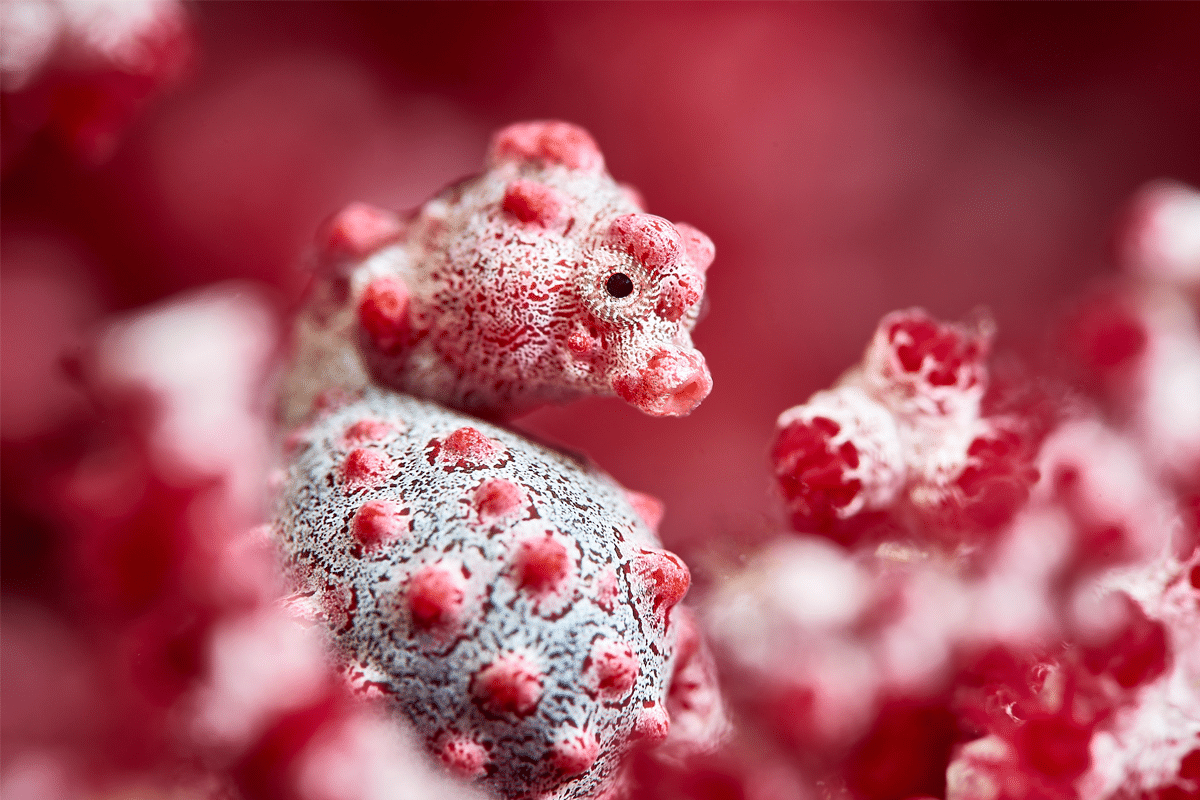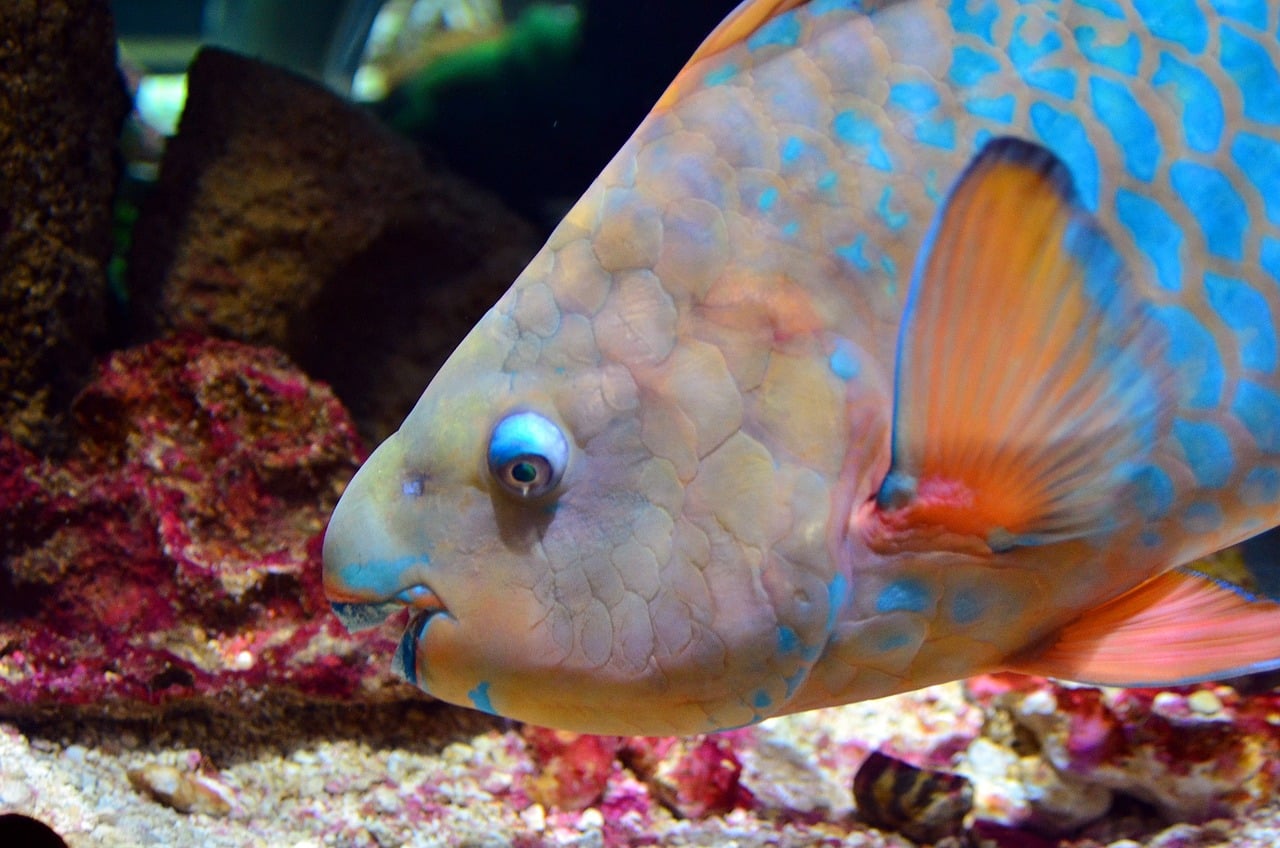 Shutterstock
Shutterstock
Color-changing animals are nature’s incredible shape-shifters, equipped with remarkable abilities to blend into their surroundings, stay hidden, or communicate. While the chameleon is the most famous for this skill, many other creatures also possess the ability to alter their colors. These fascinating animals use color changes for survival, to interact with others, or to attract mates. This amazing talent showcases nature’s adaptability and provides these creatures with essential advantages in their environments, making them some of the most versatile beings on Earth.
Octopus
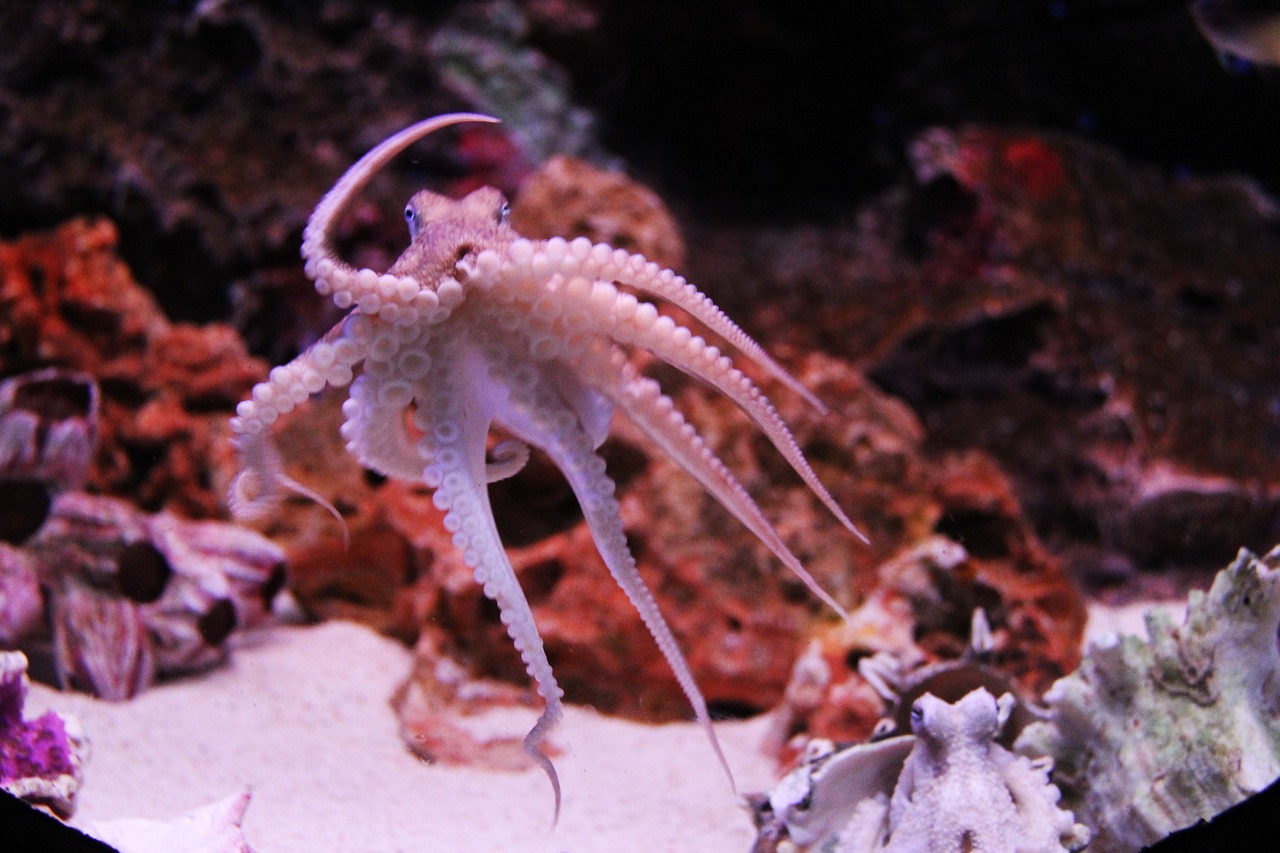

The octopus is a true master of disguise, with the ability to change both color and texture. Its skin is equipped with chromatophores, specialized cells that allow it to adjust its color on the fly. In addition to blending seamlessly with the ocean floor, octopuses can alter their skin’s texture to mimic rough surfaces or smooth, soft ones. This combination of visual and tactile camouflage helps them hide from predators, sneak up on prey, and move around unnoticed in their underwater world.
Squid
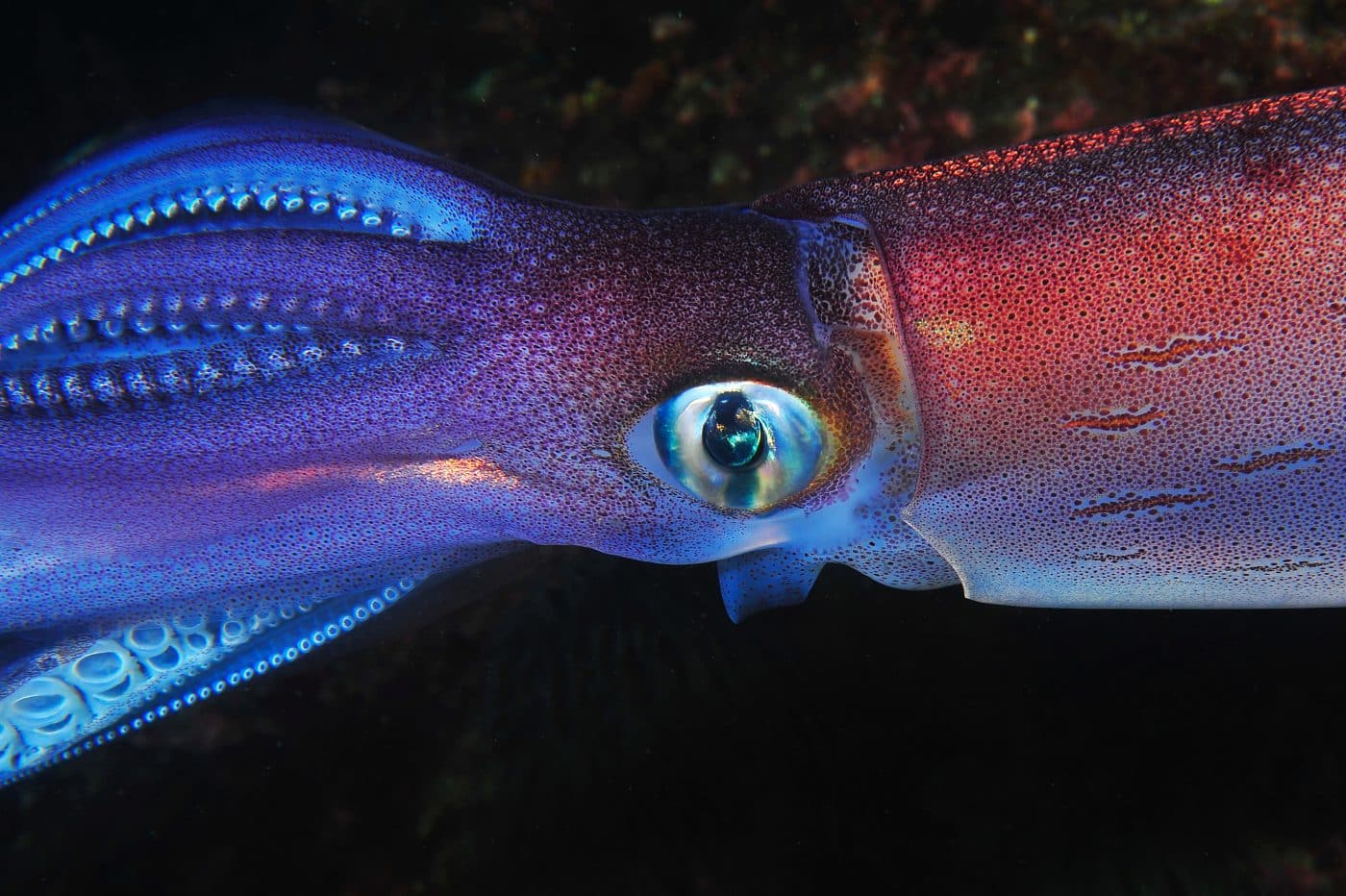

Squid share many traits with octopuses, including the ability to change color and create vivid patterns with chromatophores and iridophores. These extraordinary cells help squid reflect light and alter their pigmentation, allowing them to blend into their surroundings or send signals to other squid. During courtship, squid can flash bright colors to impress potential mates, showcasing their dazzling visual abilities. When threatened, they may also change color to confuse predators, ensuring they can make a quick escape.
Cuttlefish
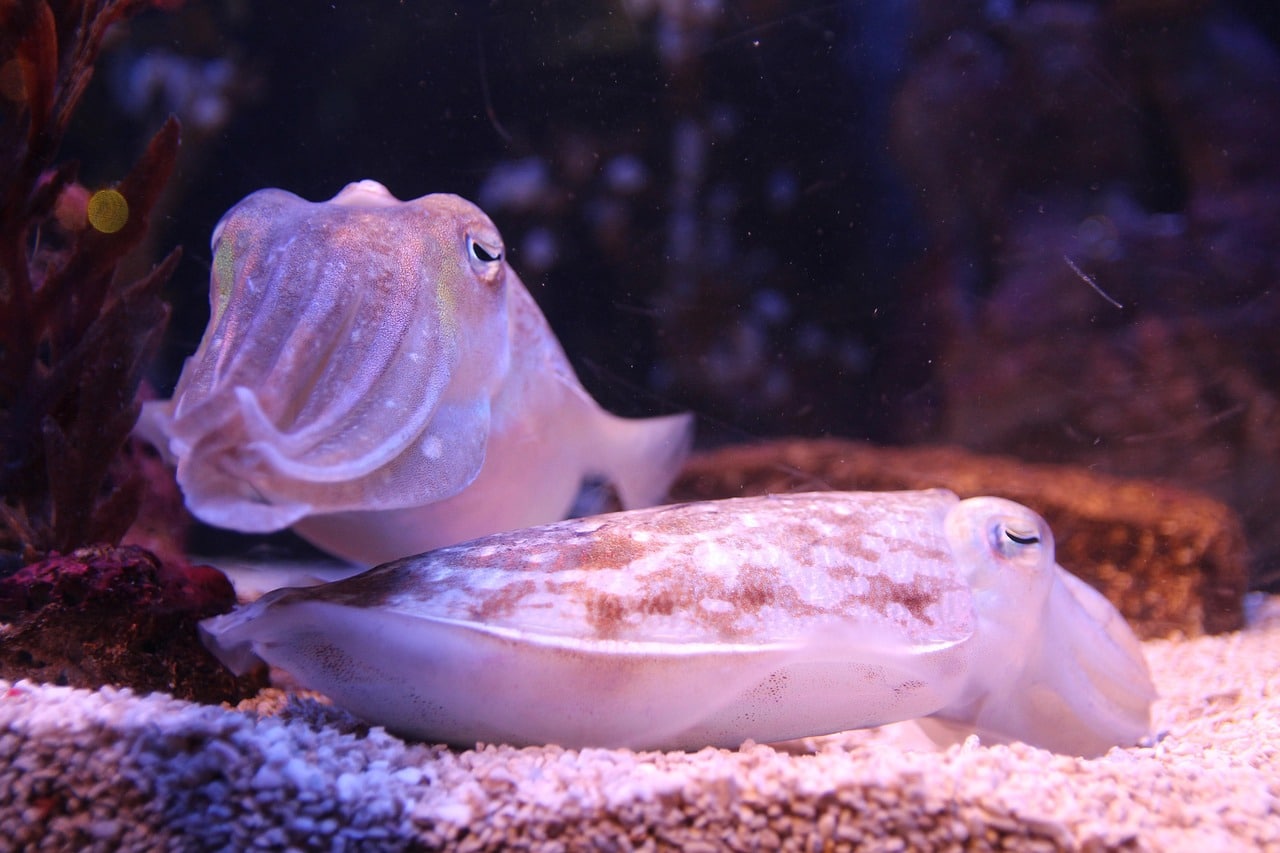

Known for their exceptional ability to adapt to their surroundings, cuttlefish can not only change color but also texture. These sea creatures use specialized cells to alter their skin’s hue, while also adjusting its texture to match the environment around them. Whether they’re hiding from predators or ambushing prey, cuttlefish can transform into almost any shape or pattern. Their ability to blend with rocky reefs, sandy seafloors, or even coral makes them experts in remaining undetected in the wild.
Flounder
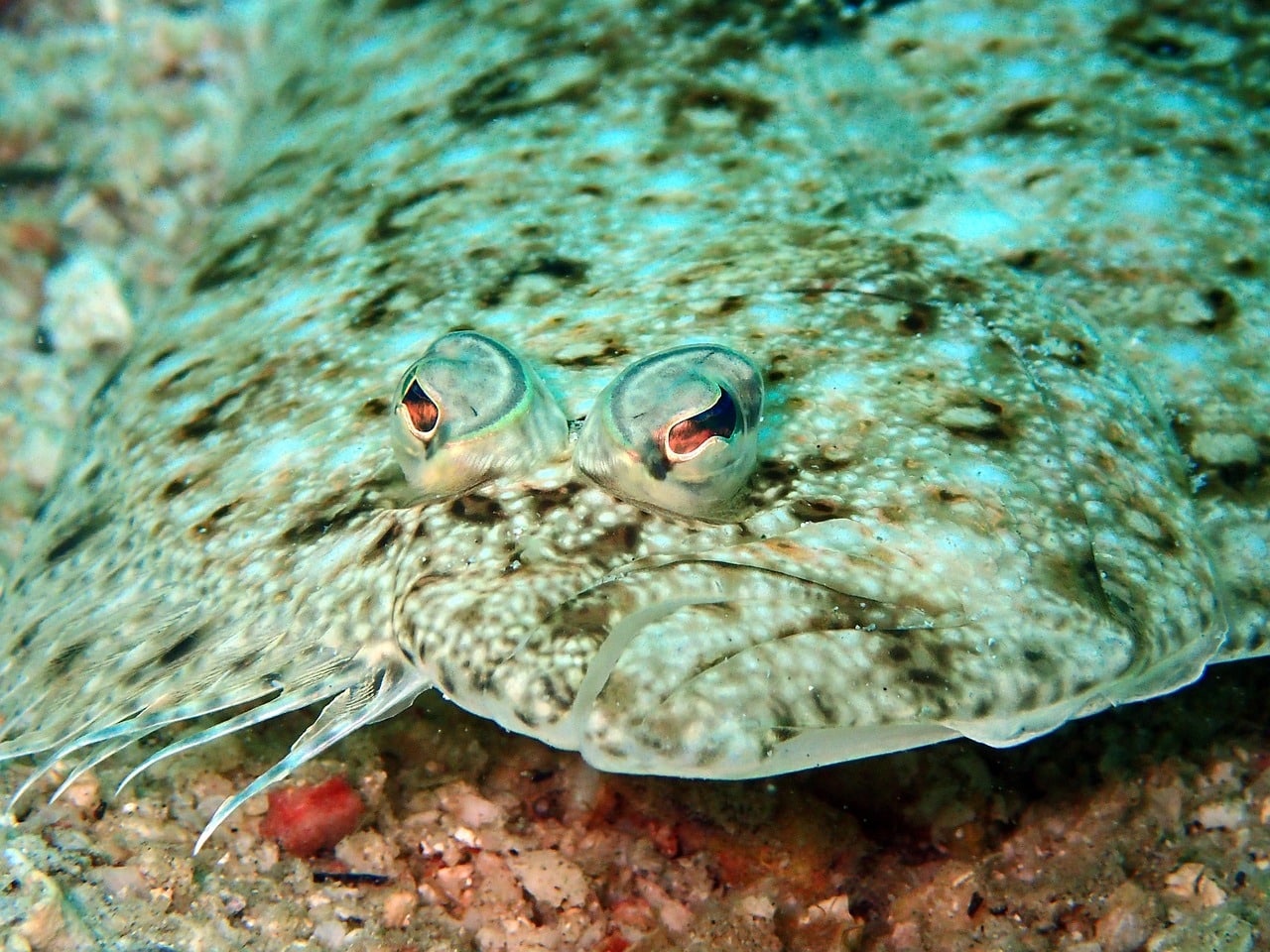

Flounders are flatfish with an uncanny ability to blend into the ocean floor, thanks to their remarkable color-changing skills. They possess special pigment cells that allow them to alter their color to match rocks, sand, and other surfaces in their environment. This camouflage is essential for avoiding predators and sneaking up on prey. By shifting their color and mimicking the ocean floor, flounders are able to stay hidden in plain sight, remaining virtually invisible to anyone looking from above.
Arctic Fox
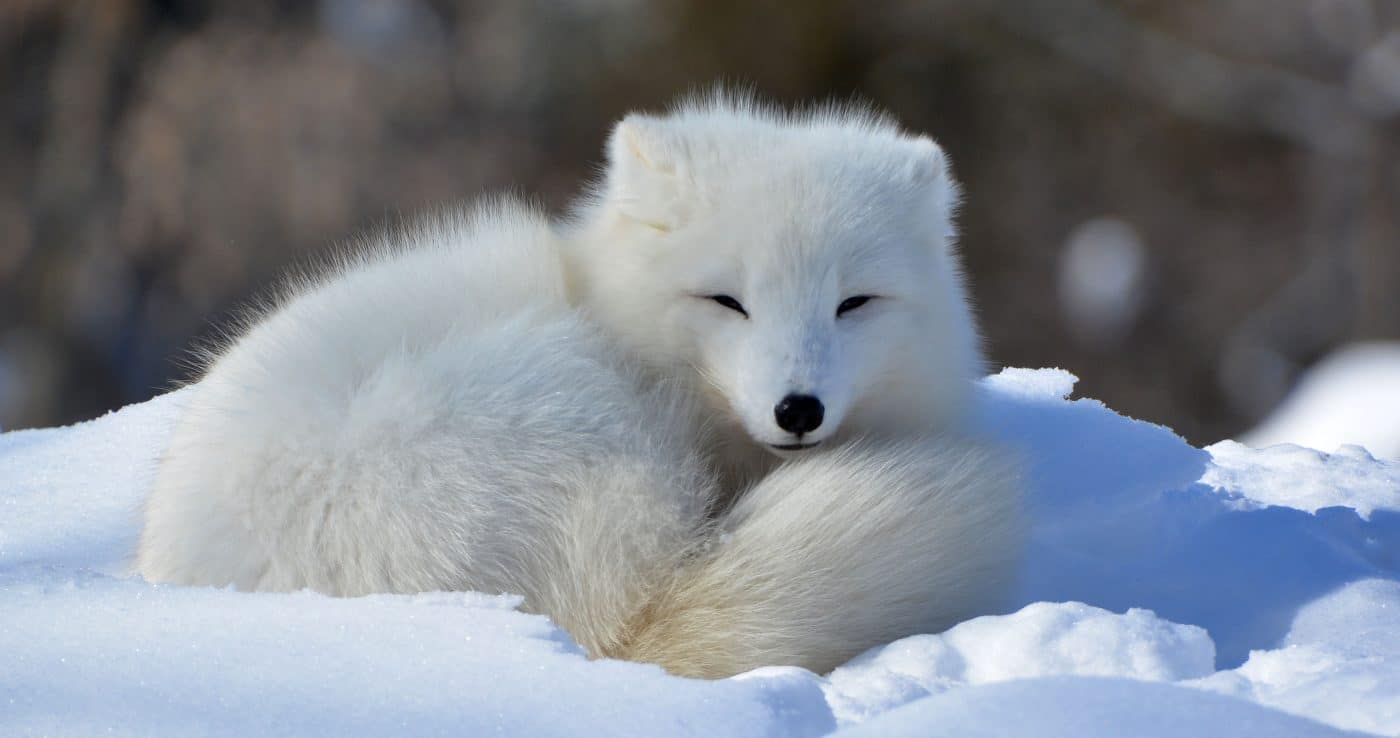

The Arctic fox is a brilliant survivor, using color change to adapt to the ever-shifting landscapes of the frozen north. During winter, its fur turns white to match the snowy environment, providing camouflage and protection from predators. As the warmer months arrive, the fox’s coat changes to shades of brown and grey, helping it blend into the rocky tundra. This seasonal color change ensures the fox can remain hidden year-round, regardless of the harsh conditions in its environment.
Camouflage Caterpillar
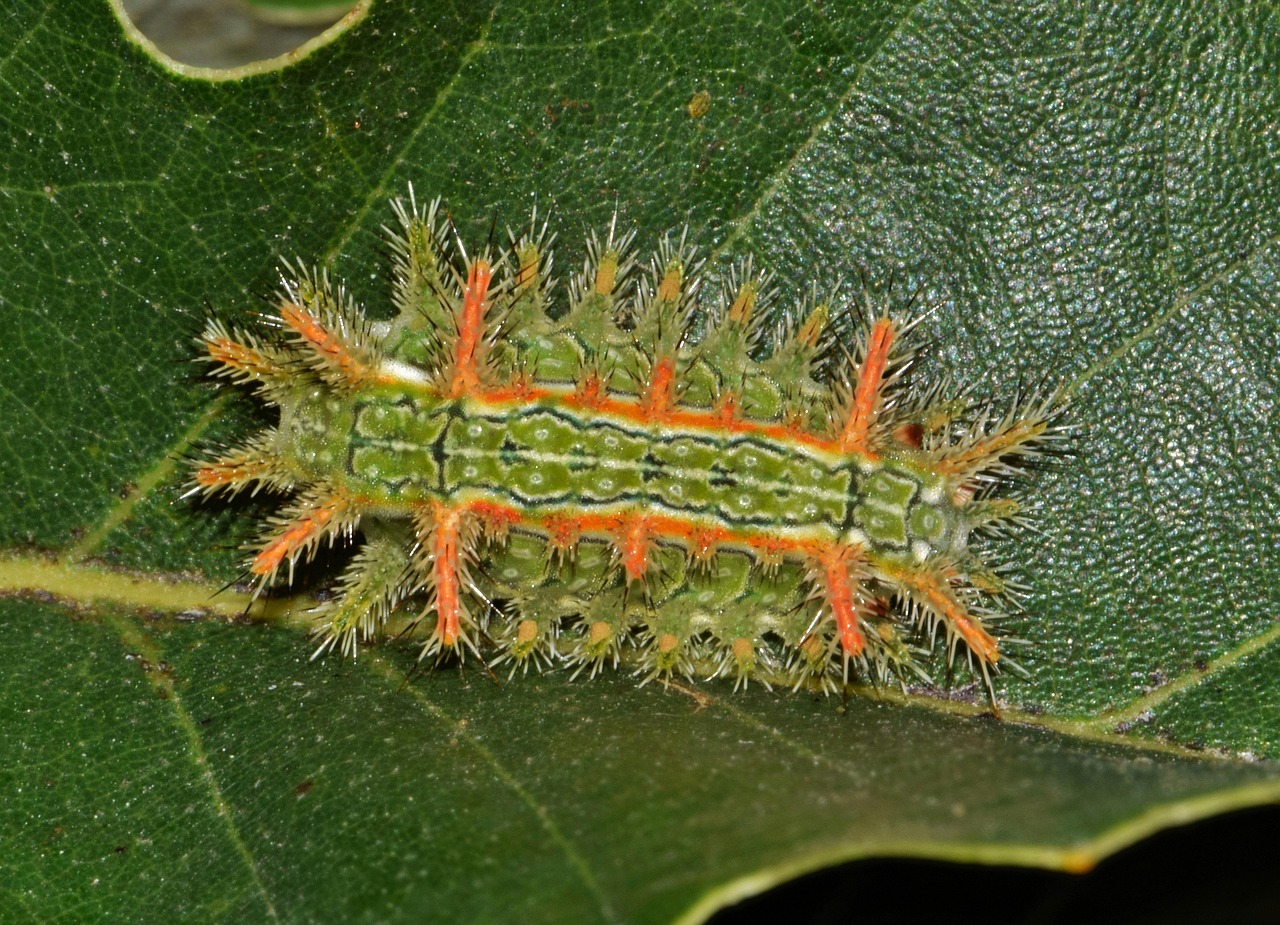

Certain caterpillars possess an uncanny ability to blend into their surroundings, though not quite as dramatically as chameleons. The spiny oak caterpillar, for example, can mimic the color and texture of twigs, branches, and leaves. By taking on these shapes, caterpillars can remain virtually invisible to predators like birds, who would otherwise spot them easily. This amazing camouflage helps caterpillars survive long enough to metamorphose into butterflies or moths, continuing the cycle of life without becoming a meal for other animals.
Golden Tortoise Beetle
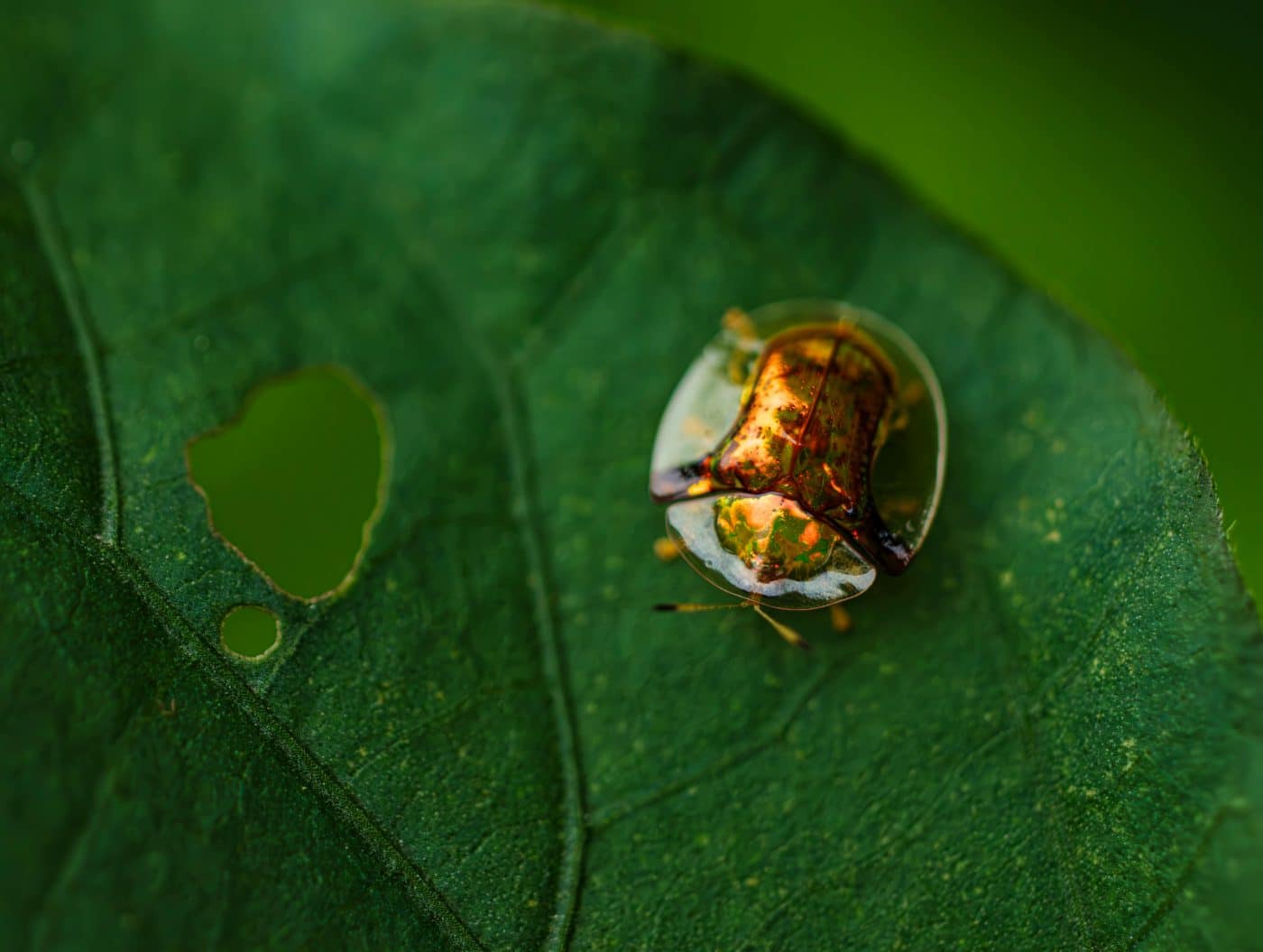

The golden tortoise beetle is a small insect with a big personality, capable of dramatically changing color when threatened. Its shiny, golden appearance can transform into a reddish-orange hue, a defensive mechanism that signals to potential predators that it may not be worth eating. This beetle uses its color-changing skill to avoid being eaten by birds and other hungry animals. The vibrant color shifts are not only beautiful to observe but also provide a powerful survival tactic in a world full of threats.
Indo-Pacific Reef Fish
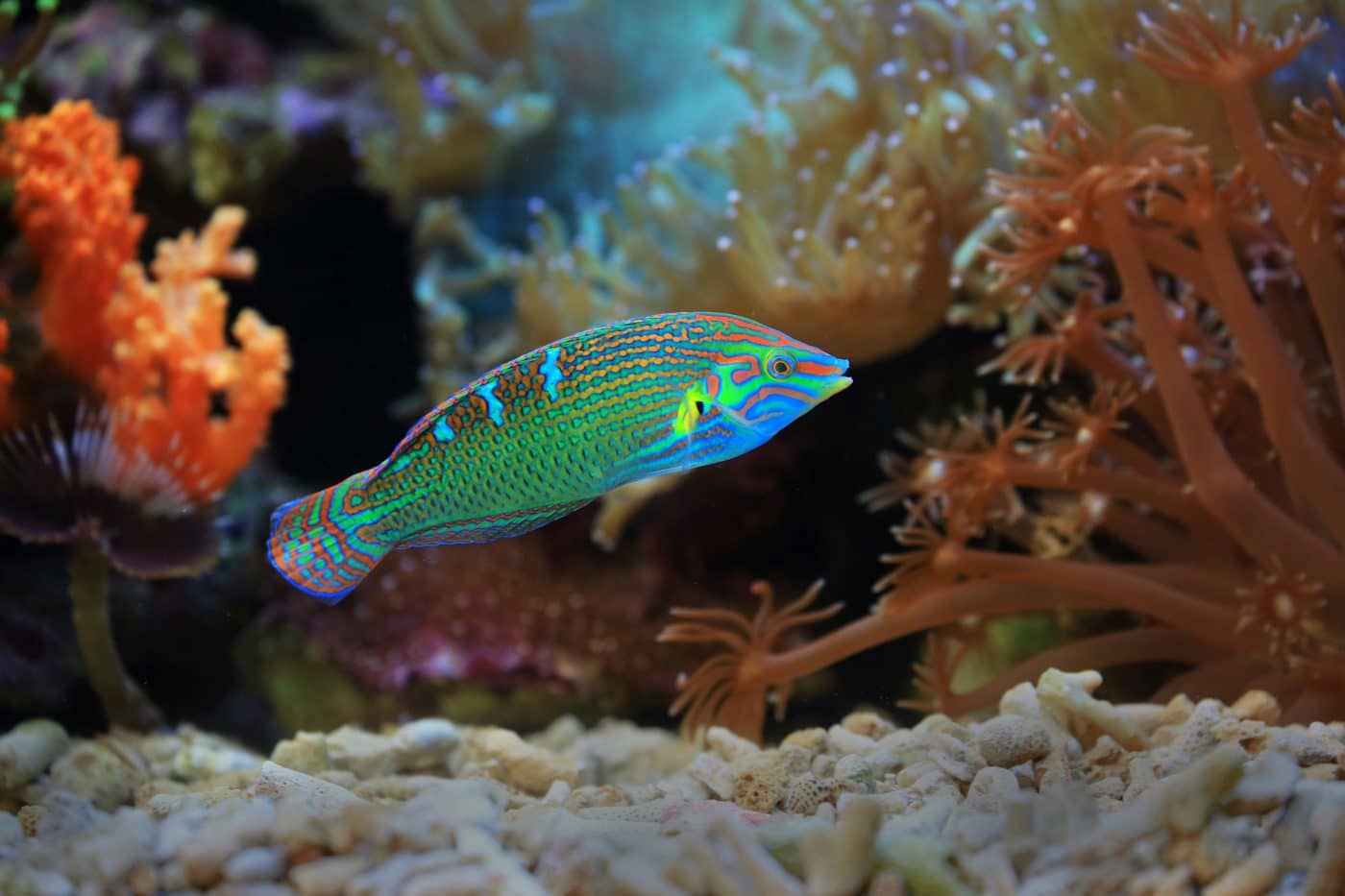

Indo-Pacific reef fish, such as parrotfish and wrasse, are famous for their ability to adjust their colors based on the reef environment. These fish can change their appearance to blend in with coral or seaweed, keeping them hidden from larger predators. Some species of reef fish even change colors when they feel threatened or stressed, turning duller or brighter as a sign of distress. The dynamic color shifts help these fish thrive in the vibrant and often dangerous waters of the Indo-Pacific.
Pygmy Seahorse
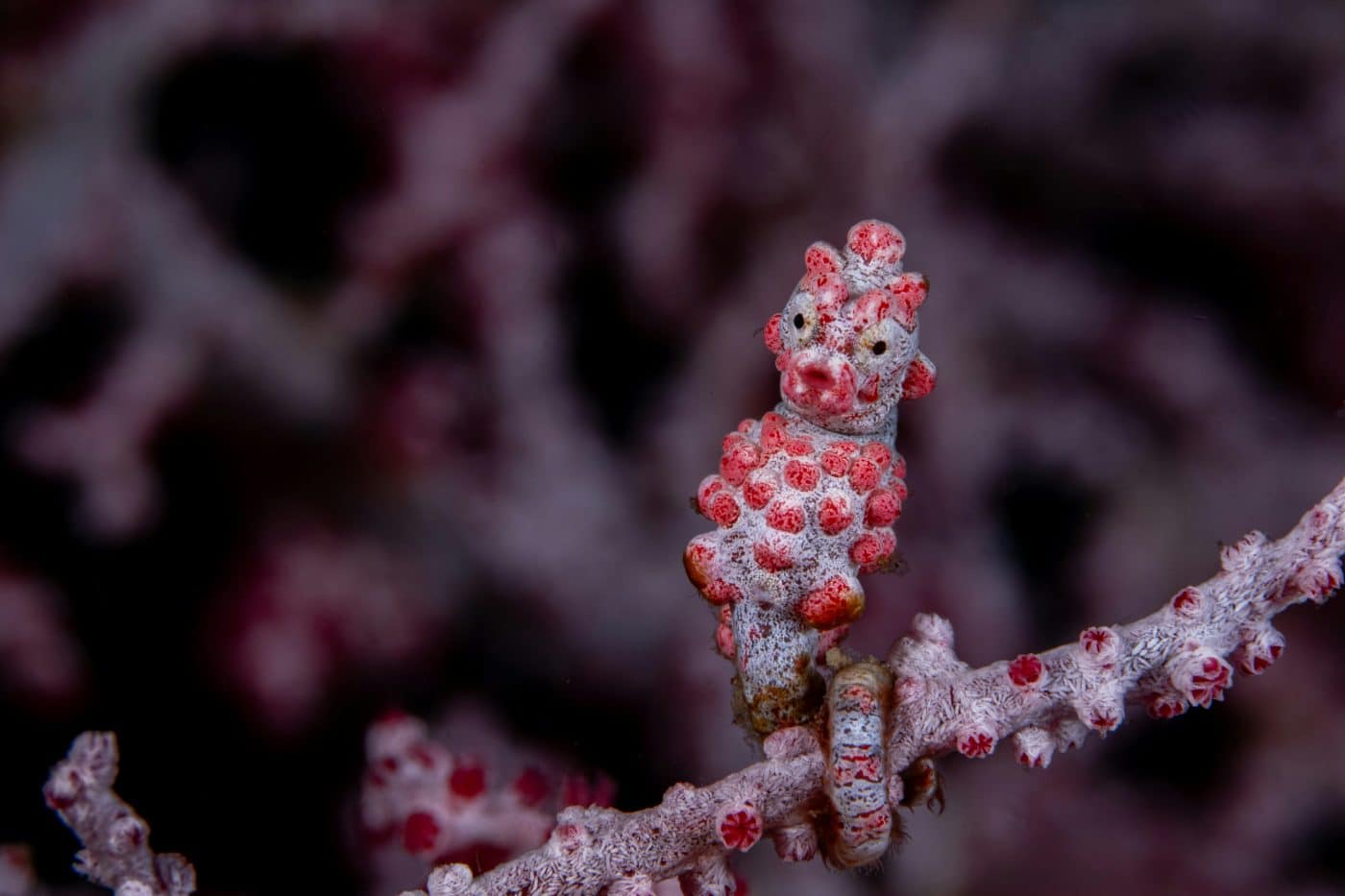

Pygmy seahorses are among the ocean’s most elusive creatures, with an almost magical ability to blend perfectly into their coral and seagrass environments. These tiny creatures can shift their colors to match their surroundings, making them nearly impossible to spot even by the most skilled predators. Their camouflage ability is a crucial survival tool, allowing them to stay hidden and safe while they feed and reproduce. This amazing skill helps them maintain a low profile and avoid detection in a world teeming with larger predators.
Yellow-bellied Sea Snake
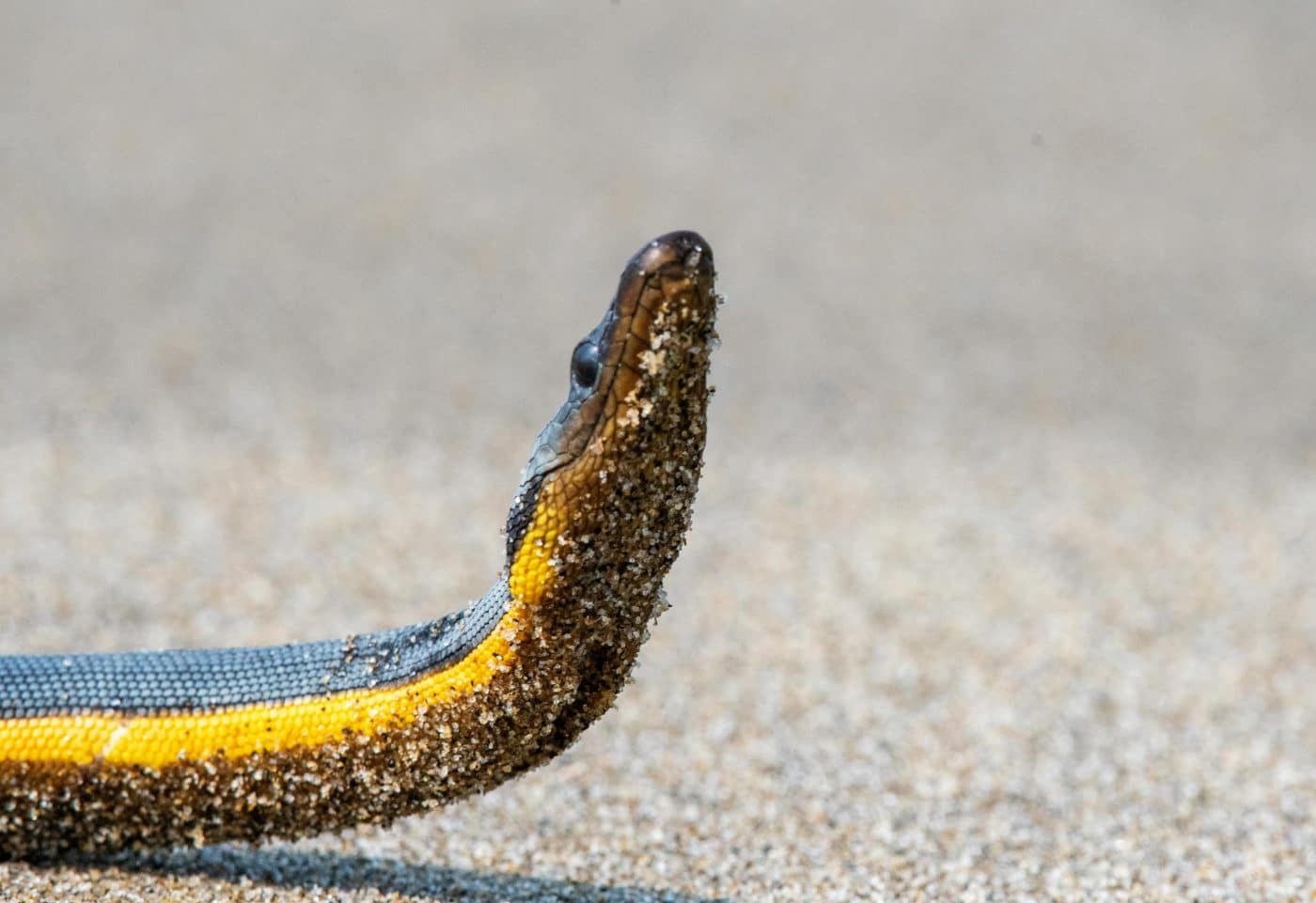

The yellow-bellied sea snake is another master of disguise, able to change its color to match the conditions of the ocean it inhabits. Whether it’s blending into sandy shores or hiding in murky water, this snake can alter its color to avoid predators. Its color-changing abilities help it remain unnoticed by larger marine creatures while hunting for prey. This remarkable skill allows the yellow-bellied sea snake to thrive in diverse and often hazardous underwater environments.
Sand-dwelling Lizard
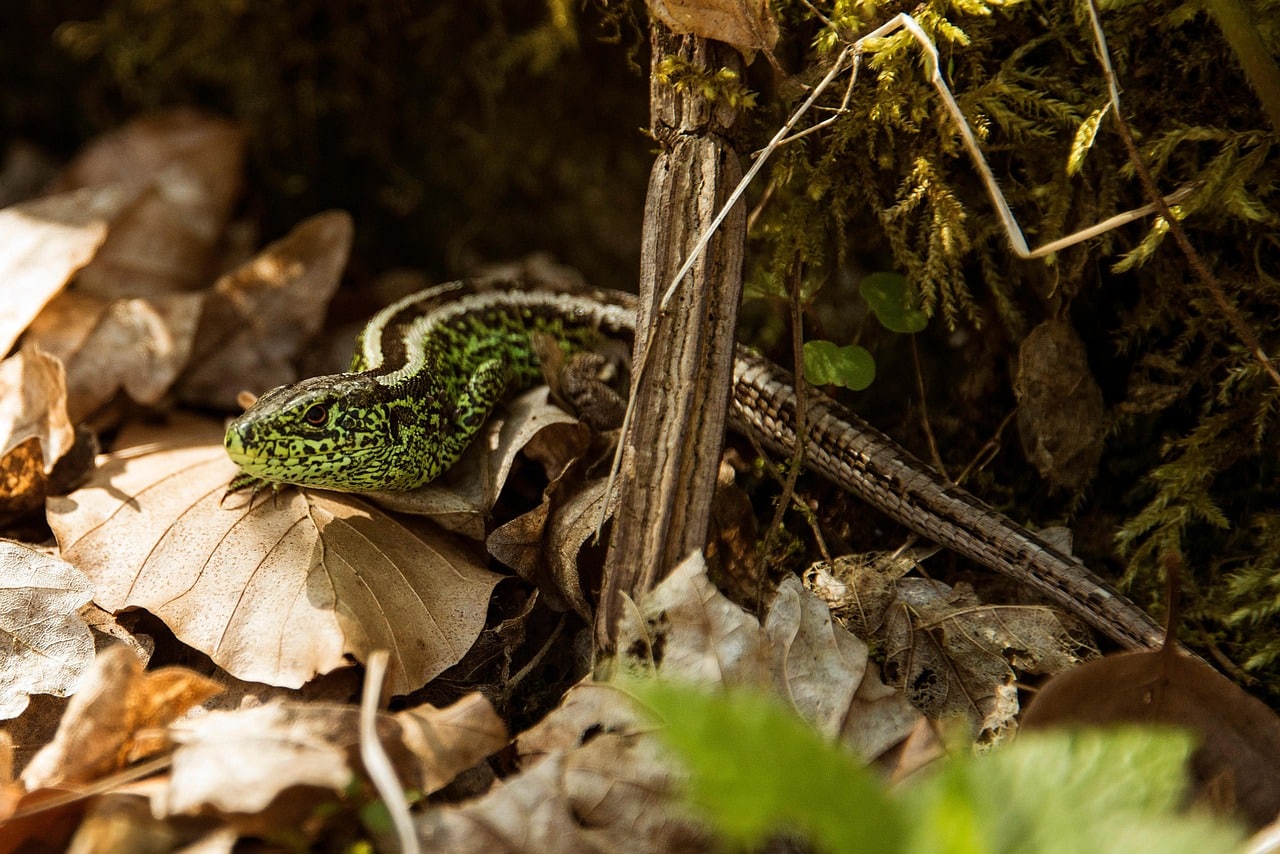

Sand-dwelling lizards have a unique way of blending into their arid, desert surroundings. These lizards can change their color to mimic the desert sand, helping them avoid detection by predators. The ability to adjust their hue also helps regulate their body temperature in the harsh, sun-baked environment of the desert. Whether they are hunting for insects or hiding from predators, these lizards’ ability to become nearly invisible in their sandy habitat is a key to their survival.
Color-Changing Wonders
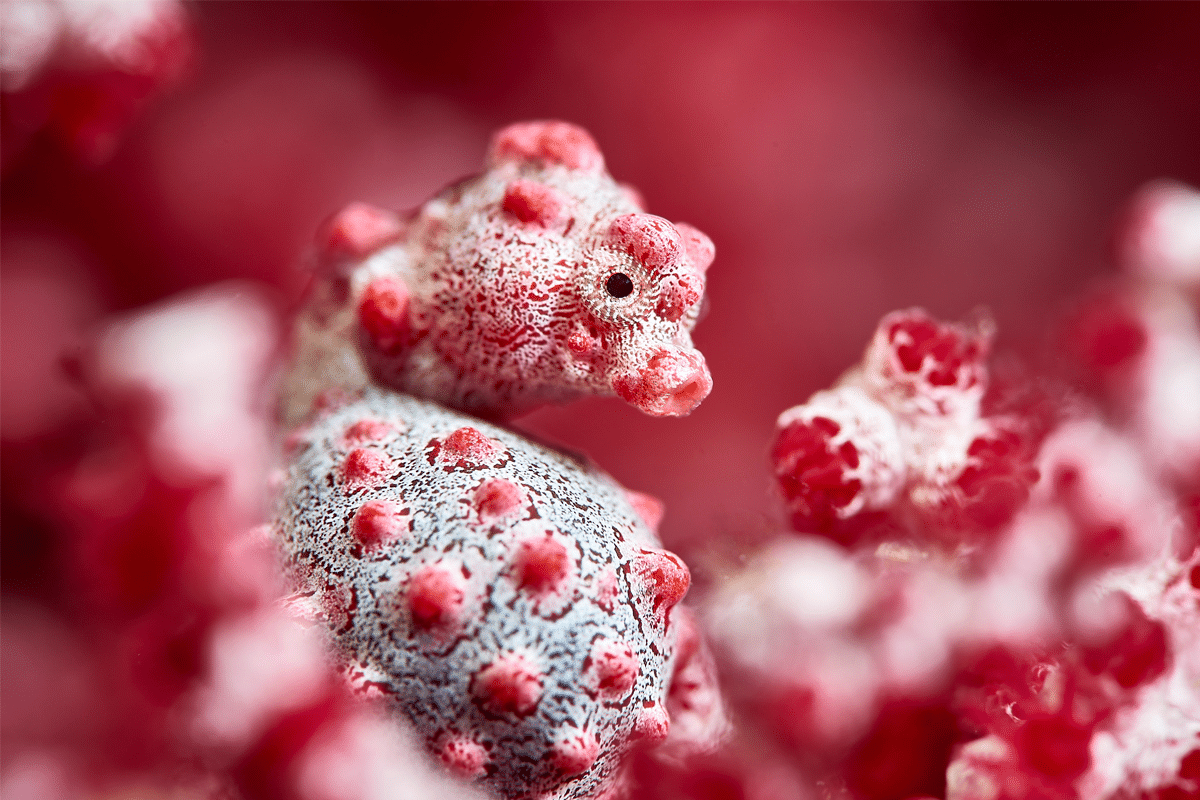

The ability to change color is an essential survival skill for many creatures. They use this ability to hide from predators, communicate, and adapt to their surroundings. Their transformations are not only fascinating but vital for evading danger and thriving in their environment. These creatures have developed extraordinary tools to regulate their body temperature, blend into various habitats, and interact with others. Their color-changing skill shows how nature has equipped them with incredible ways to navigate and survive in ever-changing conditions.

